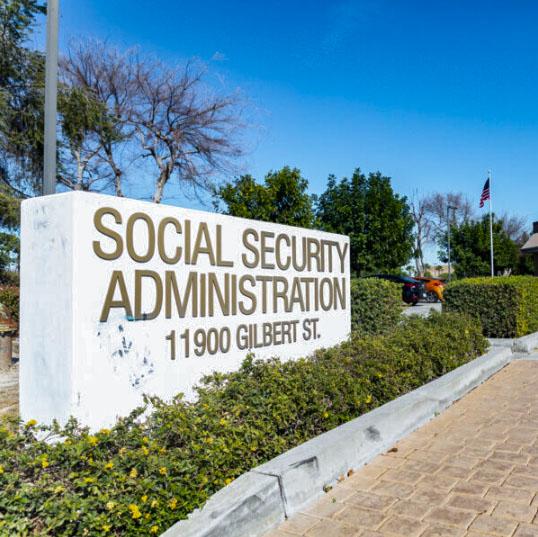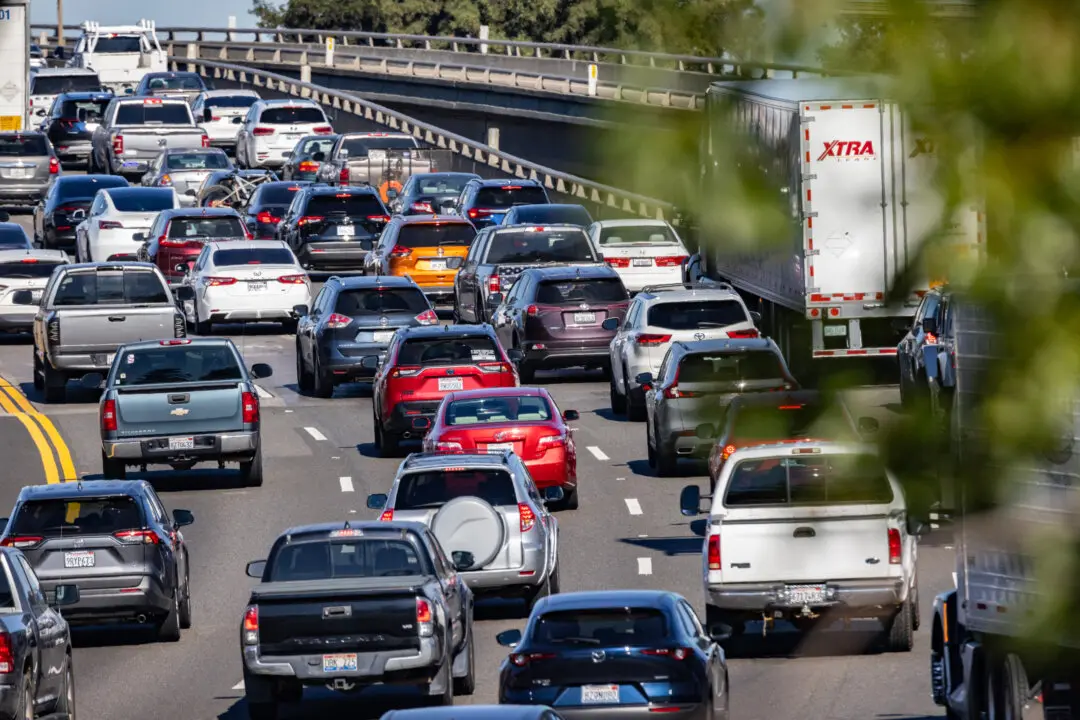The cost-of-living adjustments (COLA) for Social Security recipients next year won’t exceed 3 percent and could place more stress on beneficiaries struggling with high food costs, according to The Senior Citizens League (TSCL).
“The 2025 COLA prediction is about 2.63 percent, up from 2.57 percent last month,” Alex Moore, TSCL social security and Medicare statistician, said in a July 11 press release.





